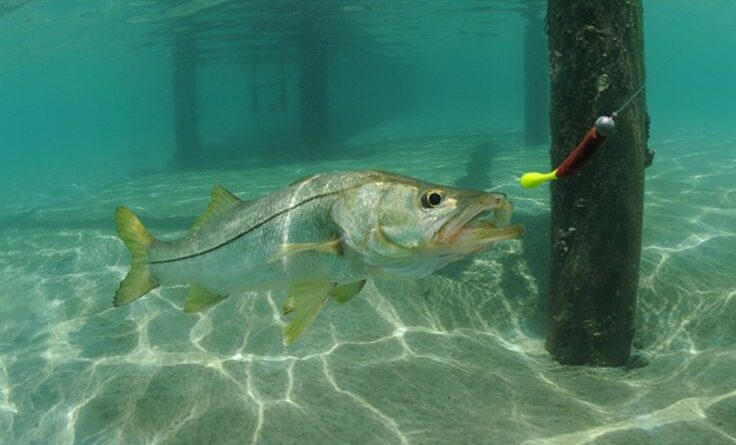Fishing enthusiasts, both novice and seasoned, often find themselves intrigued by the array of tools and accessories that enhance their angling experience. Among these, the humble yet indispensable fly box stands out as a crucial element in the arsenal of any fly fisherman. In this comprehensive guide, we will delve into the intricacies of the fly box, exploring its types, functions, and why it holds a special place in the heart of fly fishing aficionados.

The Basics of a Fly Box
Definition
A fly box is a container specifically designed to store artificial flies used in fly fishing. These flies, crafted to mimic the appearance and behavior of natural insects or other aquatic creatures, attract fish when cast into the water.
Purpose
The primary purpose of a fly box is to organize and protect a fly fisherman’s assortment of flies. Given the delicate nature of these artificial lures, a dedicated storage solution is essential to prevent damage and maintain their effectiveness.
Types of Fly Boxes
1. Pocket-Sized Foam Boxes
These compact and lightweight boxes are perfect for anglers who prefer mobility. The foam lining inside the box securely holds the flies in place, preventing them from tangling or getting damaged during transportation.
2. Waterproof Fly Boxes
For anglers who enjoy wading or fishing in unpredictable weather conditions, a waterproof fly box is a game-changer. These boxes feature a rubber or silicone gasket that creates a watertight seal, keeping the flies dry even in wet conditions.
3. Slit Foam Fly Boxes
Slit foam fly boxes have become increasingly popular due to their versatility. The foam inside these boxes has precisely cut slits that hold the flies securely, making it easy for anglers to organize and access their selection.
4. Magnetic Fly Boxes
Innovative and efficient, magnetic fly boxes use magnets to hold the flies in place. This design minimizes damage to delicate flies and allows for quick and easy access.
Organizing Your Fly Box
Proper organization of your fly box is key to a successful fishing expedition. Consider the following tips:
1. Categorize by Type
Group your flies by type to quickly locate the right one for the current conditions. Common categories include dry flies, nymphs, streamers, and wet flies.
2. Size Matters
Organize flies by size to make it easier to identify and select the appropriate lure. This is particularly important when dealing with hatches of specific insects.
3. Color Coordination
While not as critical as type and size, organizing flies by color can provide an additional layer of convenience, especially in low-light conditions.
Maintaining Your Fly Box
1. Dry and Clean Flies After Use
To prevent rust on hooks and maintain the integrity of your flies, make sure to dry them thoroughly and clean them after each fishing session.
2. Inspect and Replace
Regularly inspect your fly box for signs of wear and tear. Replace any damaged flies or those with dull hooks to ensure optimal performance.
FAQs
Q: How Many Flies Should I Carry In My Box?
Carry a diverse selection of flies to adapt to changing conditions. Aim for at least 20-30 different patterns covering various sizes and colors.
Q: Can I Use The Same Fly Box For Different Types Of Fishing?
Yes, many fly boxes are versatile and can accommodate flies for different fishing styles. However, having specialized boxes for specific conditions can be beneficial.
Q: How Do I Clean And Maintain My Fly Box?
Regularly clean your fly box with mild soap and water. Ensure it’s completely dry before storing flies to prevent rust or mold.
Q: Are There Specialized Fly Boxes For Saltwater Fishing?
Indeed, some fly boxes are designed to withstand the corrosive nature of saltwater. Look for boxes with corrosion-resistant materials for saltwater fly fishing.
Q: What’s The Difference Between Dry Flies And Wet Flies In My Fly Box?
Dry flies imitate insects that float on the water’s surface, while wet flies mimic insects beneath the surface. Organize your fly box accordingly for effective fly fishing.
Q: Can I Customize My Fly Box Layout?
Many fly boxes offer customizable interiors. Arrange dividers and compartments to suit your preferences and the types of flies you carry.
Conclusion
The fly box, often overshadowed by other flashy fishing gear, plays a pivotal role in the success of a fly fisherman. Choosing the right type of box, organizing your flies effectively, and maintaining them properly are crucial steps in ensuring a seamless and enjoyable angling experience. So, the next time you gear up for a day by the water, don’t underestimate the power of a well-organized and carefully curated fly box.






